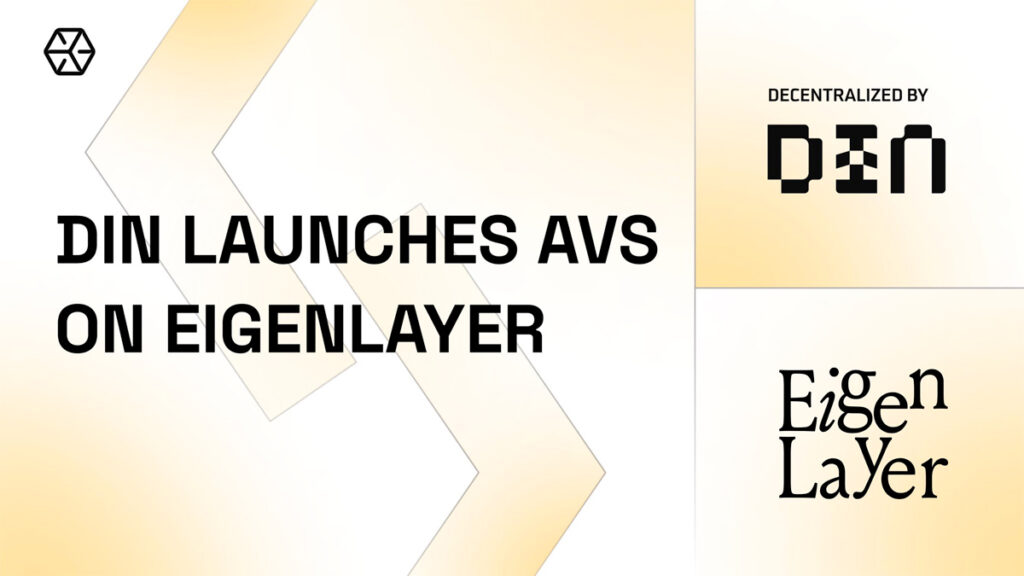TL;DR
- Infura has announced significant advancements in its Decentralized Infrastructure Network (DIN), aiming to make Web3 more accessible and efficient, with DIN currently active on multiple networks.
- Infura plans to launch DIN as an Actively Validated Service (AVS) on the Ethereum restaking platform EigenLayer, which is expected to reduce development costs.
- The integration with EigenLayer will allow Web3 builders to leverage the security of staked ETH, transforming DIN into a permissionless marketplace and enhancing infrastructure provision.
Infura, a leading Ethereum validator node provider under Consensys, has announced substantial advancements in its Decentralized Infrastructure Network (DIN). This announcement was made at the 2024 Devcon conference in Bangkok on November 14.
DIN, a decentralized Web3 API marketplace, aims to make Web3 more accessible, reliable, and efficient by providing developers with a powerful new way to connect to Ethereum and other top-tier blockchains. DIN is currently active on several networks, such as Blast, Mantle, Starknet, ZKsync, BNB Smart Chain, and Scroll.
Launching as an AVS on EigenLayer
Infura plans to launch DIN as an Actively Validated Service (AVS) on the Ethereum restaking platform EigenLayer. This integration is expected to bring several benefits, including reduced development costs, improved accessibility and reliability of Web3 services, and a cooperative environment among providers.
By leveraging Ethereum’s economic security through EigenLayer, DIN aims to create a more robust and resilient infrastructure for Web3 development.
Benefits of EigenLayer Integration

The integration with EigenLayer will allow Web3 builders and operators to tap into the security guarantee of staked ETH and the intersubjective nature of Eigen to run a wide array of services. This move is seen as a significant step in DIN’s journey towards decentralization, transforming it into a permissionless marketplace and service discovery layer for Web3.
Sreeram Kannan, founder of EigenLayer, highlighted that building DIN as an EigenLayer AVS enables permissionless infrastructure provision, thus scaling the marketplace while simultaneously increasing reliability and reducing costs.
Future Prospects
The launch of DIN as an AVS on EigenLayer is part of Infura’s broader strategy to foster decentralized internet infrastructure. Tom Hay, head of product for Infura DIN, emphasized that this move builds on DIN’s steady progress in creating a Web3 permissionless marketplace for infrastructure services.
With over 40 of the 50 providers in DIN already tested and a quarter serving traffic, the network is poised for significant growth. The cooperative and competitive dynamics among DIN providers are expected to drive down development costs and improve access to decentralized Web3 gateways.










